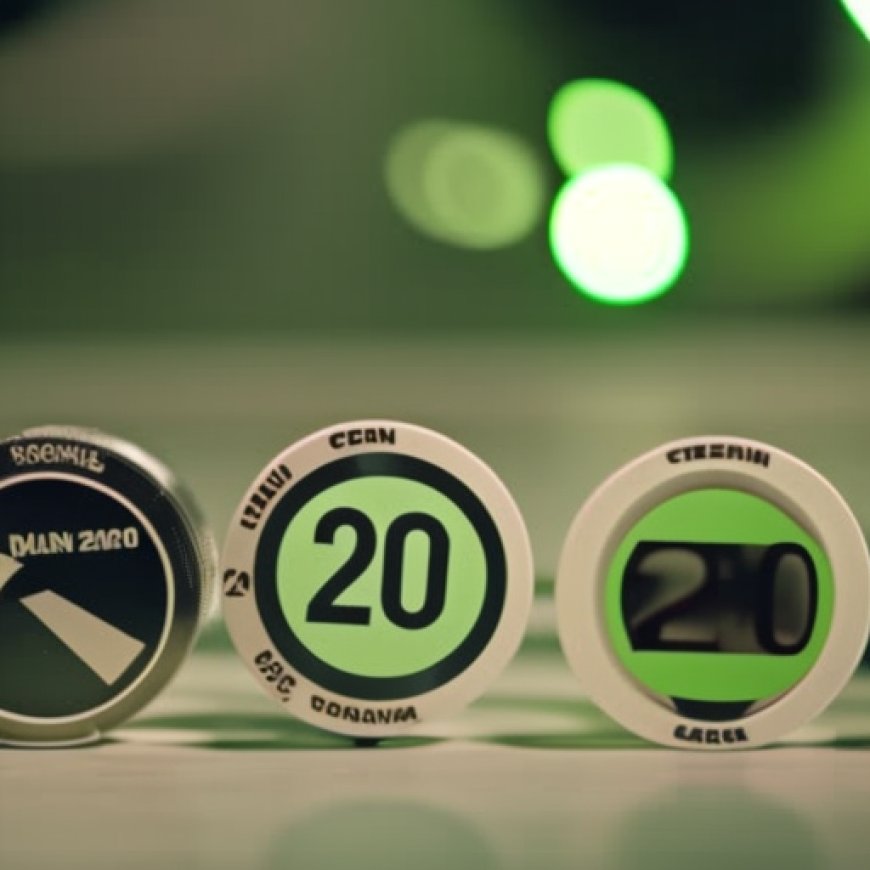Green Friday? Circular economy trends for 2024
Green Friday? Circular economy trends for 2024 TechHQ


Circular Economy Trends for 2024
Circular Economy and Sustainable Development Goals (SDGs)
The circular economy is a key driver in achieving the Sustainable Development Goals (SDGs). By integrating purchasing and reuse to grow revenue, businesses can contribute to several SDGs, including:
- SDG 12: Responsible Consumption and Production
- SDG 8: Decent Work and Economic Growth
- SDG 9: Industry, Innovation, and Infrastructure
- SDG 13: Climate Action
Circular Economy Trends
In order to fully realize the potential of the circular economy, it is important to pay attention to emerging trends. Some of the key trends include:
- Adding sustainability to the buy basket
- Integrating purchasing and reuse to grow revenue
- Encouraging consumers to opt for refurbished technology
- Changing consumer behavior through device trade-in services and systems
- Enabling the journey of circular economy at the same time as shoppers are buying new devices
Alchemy: A Leading Circular Tech Company
Alchemy, one of the largest and fastest-growing circular tech companies in the world, is helping to drive the circular economy. Their services fall into three categories: recover, refresh, and remarket. By enabling users to trade in their current devices when purchasing new ones, Alchemy removes roadblocks and encourages participation in the secondary technology market.
Benefits of Circular Economy
The circular economy not only promotes sustainability but also offers various benefits:
- Lower price points for customers to experience brands
- Contribution to profits through additional revenue streams
- Extended lifecycle of devices, reducing e-waste
- Opportunities for residual value modeling and commercial forecasting
- Recycling of materials at near net-zero cost
Challenges and Opportunities
While there are operational challenges in implementing circular economy practices, such as the need for large amounts of working capital and lines of credit, there are also opportunities for growth and innovation. Blockchain technology can play a role in creating product passports, and social media platforms can drive the circular economy through e-commerce features. Additionally, there is potential for recycling valuable materials found in electronic devices.
Conclusion
The circular economy is a powerful tool for achieving the SDGs and promoting sustainable development. By embracing circular economy trends and implementing innovative solutions, businesses can contribute to a more sustainable future.
1. The SDGs addressed or connected to the issues highlighted in the article are:
– SDG 12: Responsible Consumption and Production
– SDG 13: Climate Action
2. The specific targets under these SDGs that can be identified based on the article’s content are:
– Target 12.2: By 2030, achieve the sustainable management and efficient use of natural resources.
– Target 12.5: By 2030, substantially reduce waste generation through prevention, reduction, recycling, and reuse.
– Target 13.3: Improve education, awareness-raising, and human and institutional capacity on climate change mitigation, adaptation, impact reduction, and early warning.
3. The indicators mentioned or implied in the article that can be used to measure progress towards the identified targets are:
– Integration of purchasing and reuse to grow revenue in the circular economy.
– Increase in the trade-in of old tech devices when purchasing new devices.
– Growth of circular tech companies that enable recovery, refreshment, and remarketing of devices.
– Increase in the secondary technology market.
– Increase in the value of refurbished devices over their lifetime.
– Increase in the recycling of e-waste materials at near net-zero cost.
Table:
| SDGs | Targets | Indicators |
|——|———|————|
| SDG 12: Responsible Consumption and Production | Target 12.2: By 2030, achieve the sustainable management and efficient use of natural resources. | Integration of purchasing and reuse to grow revenue in the circular economy. |
| SDG 12: Responsible Consumption and Production | Target 12.5: By 2030, substantially reduce waste generation through prevention, reduction, recycling, and reuse. | Increase in the trade-in of old tech devices when purchasing new devices. |
| SDG 13: Climate Action | Target 13.3: Improve education, awareness-raising, and human and institutional capacity on climate change mitigation, adaptation, impact reduction, and early warning. | Growth of circular tech companies that enable recovery, refreshment, and remarketing of devices. Increase in the secondary technology market. Increase in the value of refurbished devices over their lifetime. Increase in the recycling of e-waste materials at near net-zero cost. |
Behold! This splendid article springs forth from the wellspring of knowledge, shaped by a wondrous proprietary AI technology that delved into a vast ocean of data, illuminating the path towards the Sustainable Development Goals. Remember that all rights are reserved by SDG Investors LLC, empowering us to champion progress together.
Source: techhq.com

Join us, as fellow seekers of change, on a transformative journey at https://sdgtalks.ai/welcome, where you can become a member and actively contribute to shaping a brighter future.







